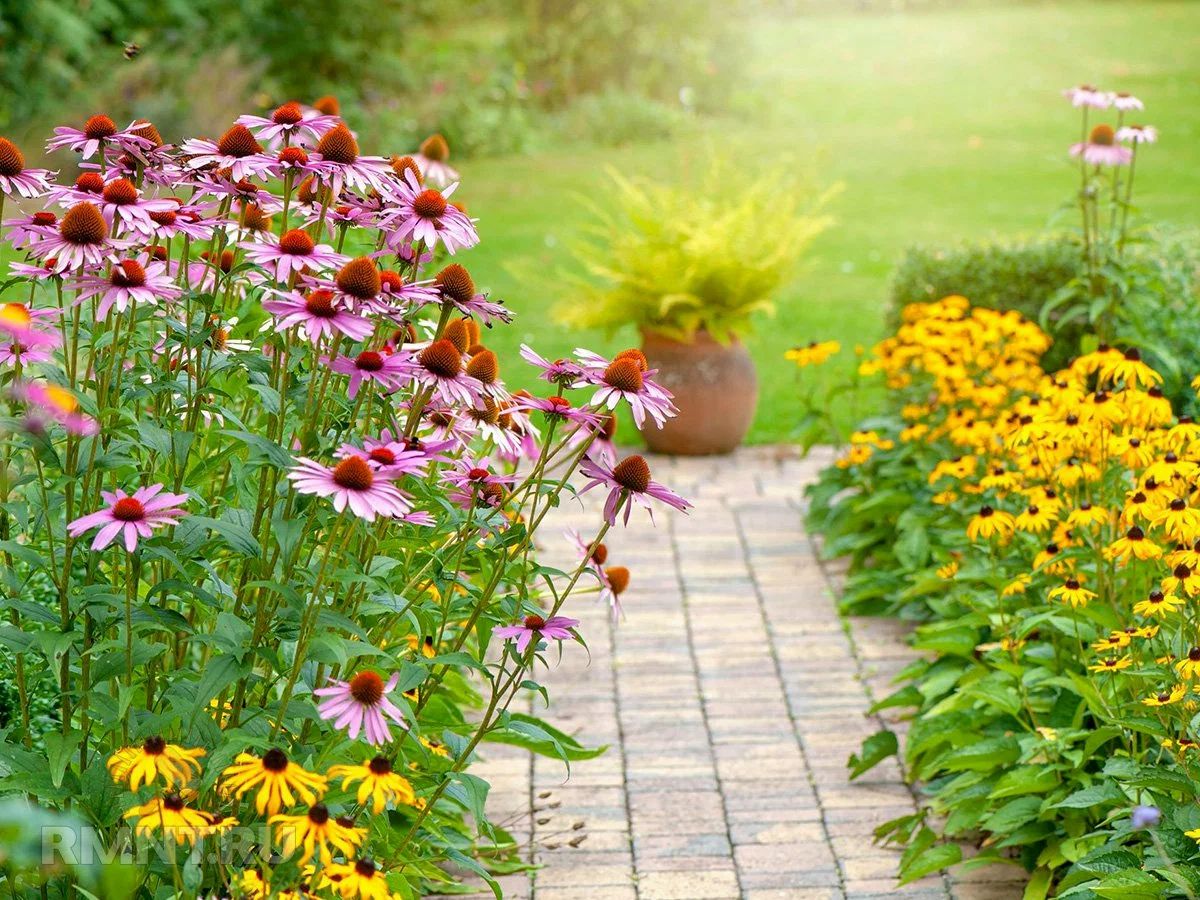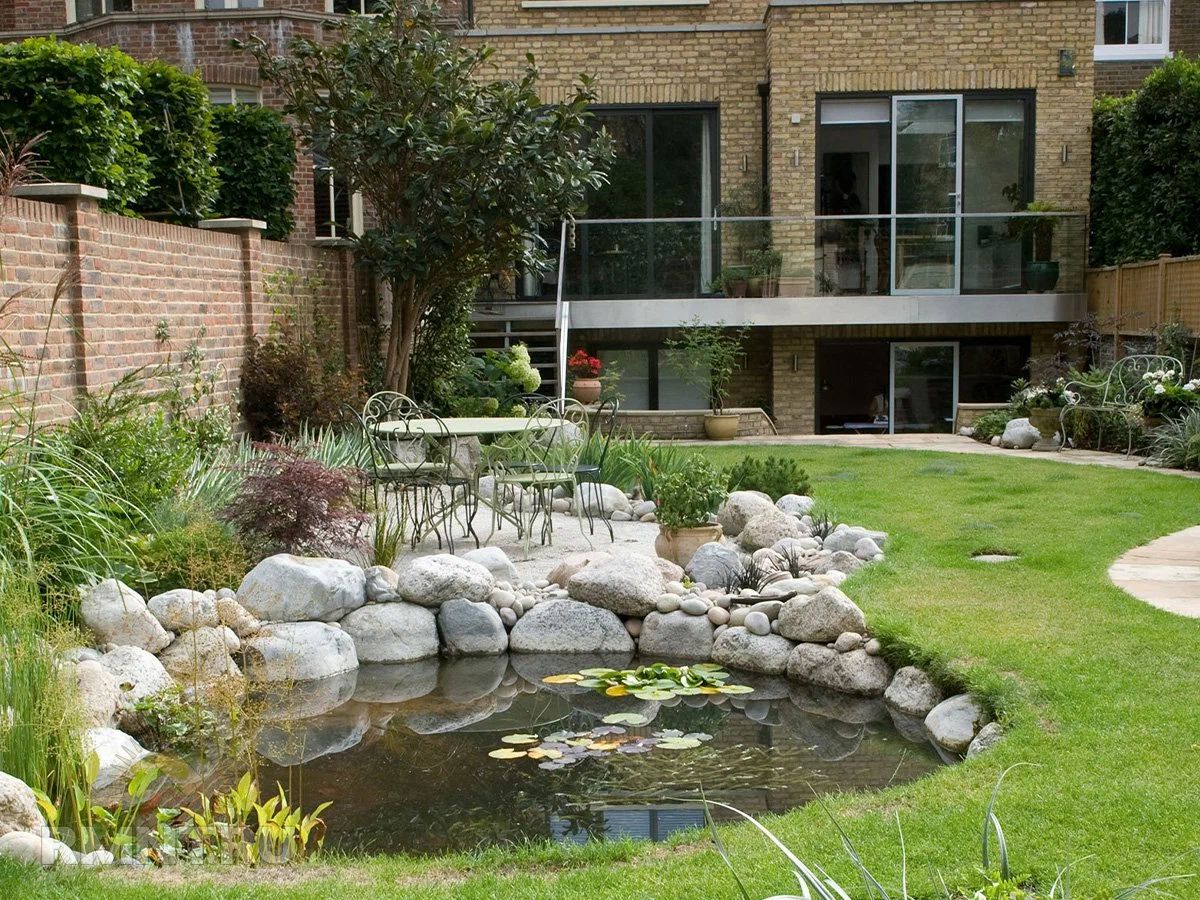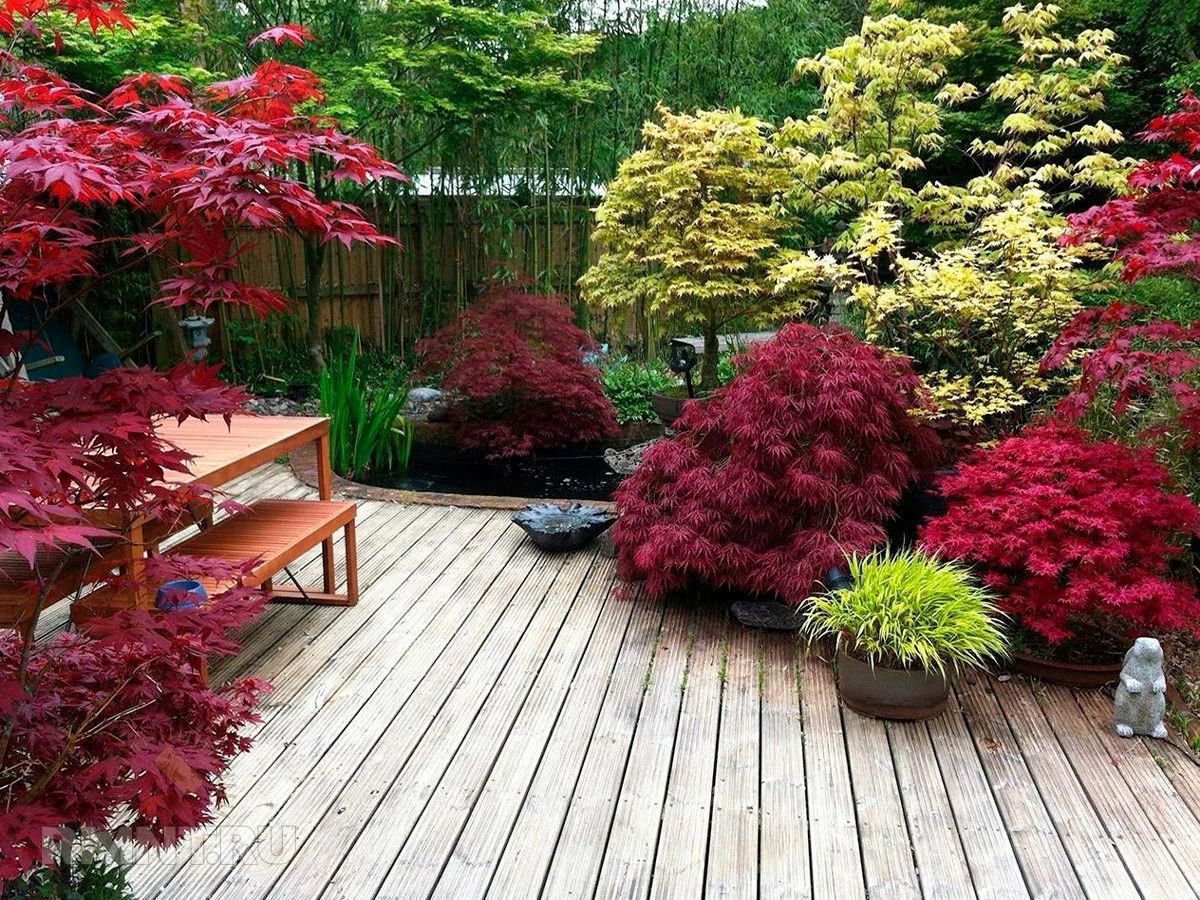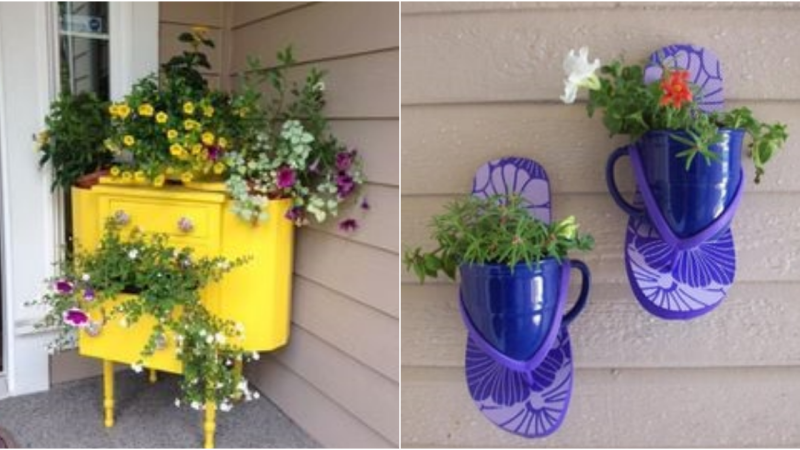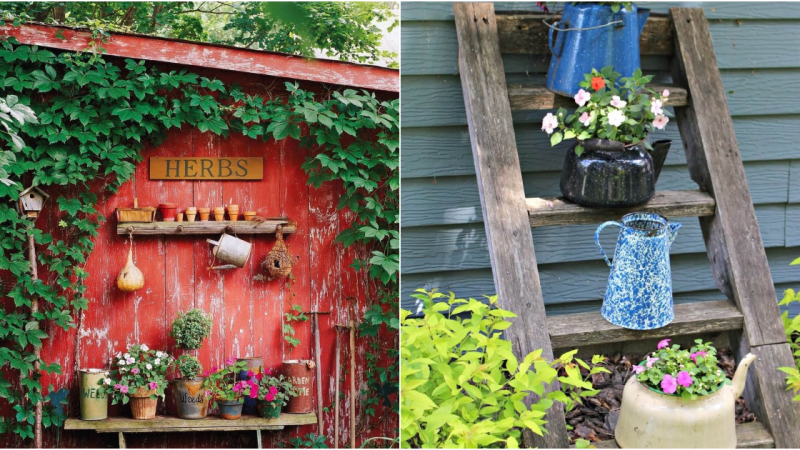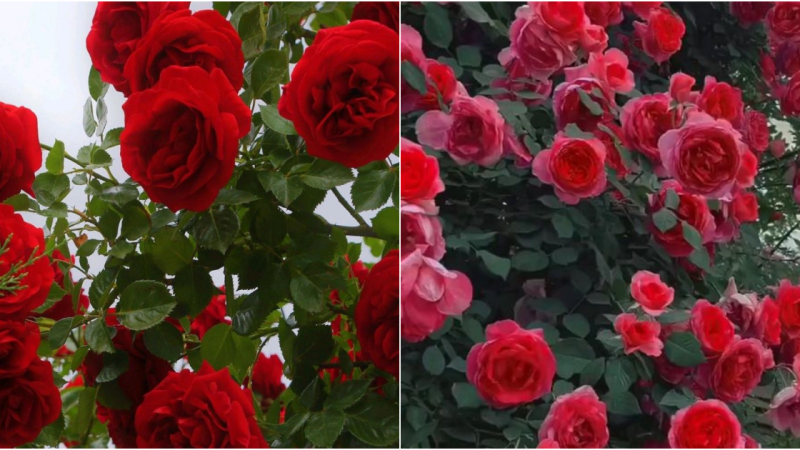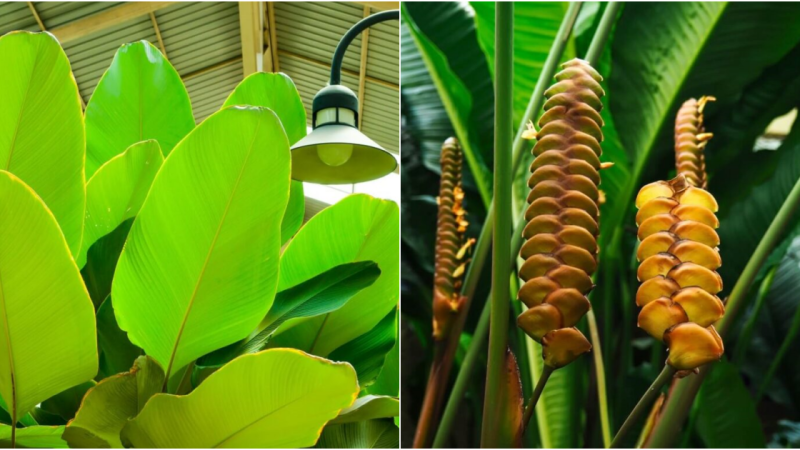How the 60-30-10 Rule Works in Landscape Design
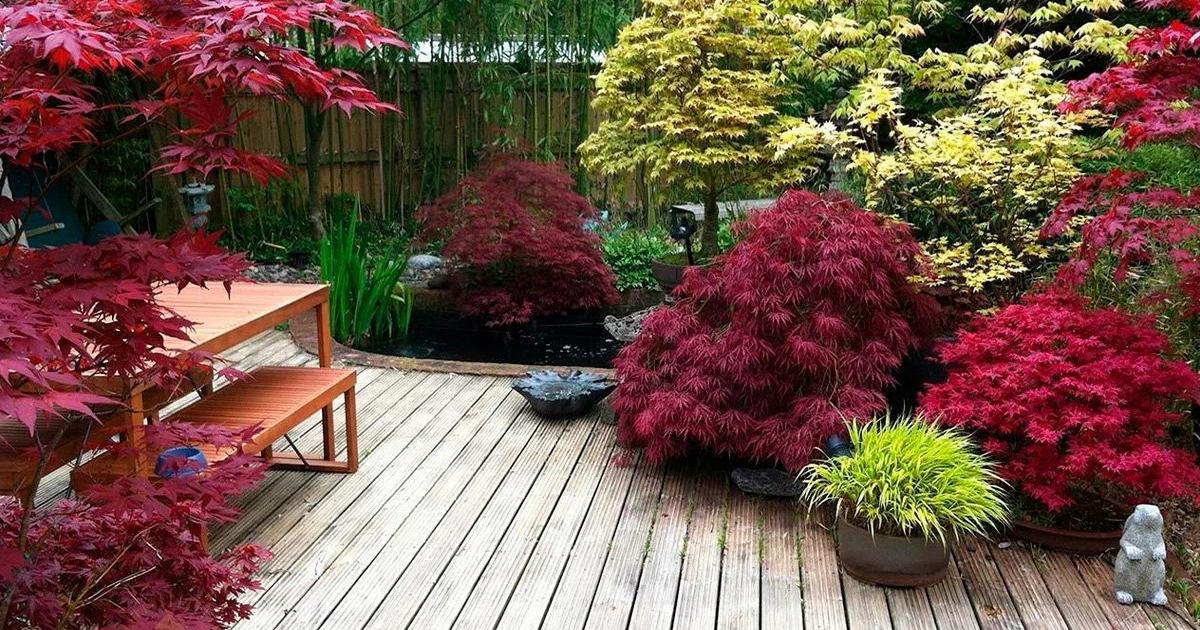
You may already be familiar with the 60-30-10 rule for choosing color schemes in interior design. However, this principle extends beyond interiors and can also be applied by landscape designers when selecting plants for outdoor spaces. Let’s explore how you can apply this formula in your garden, creating a visually pleasing landscape.

Many property owners believe that choosing plants is a simple task – you buy what you like or what you need. This approach might work for cottages and vegetable gardens, where aesthetics are not a priority. The focus is primarily on growing fruits and vegetables rather than creating a visually appealing environment. In such cases, landscape design is not a concern, and the land is solely utilized for practical purposes.
However, some homeowners strive to create a beautiful landscape that can be admired and appreciated by both themselves and their guests. They visit nurseries and purchase plants haphazardly – ones with intricate and lush foliage, various exotic species, topiaries, and a wide range of evergreens, among others. Later on, they find themselves unsure of how and where to plant these plants to create a harmonious picture.
Let’s recall how the 60-30-10 rule works when choosing a color palette for interiors: 60% is the main color, often a neutral shade; 30% is a complementary color, similar to the main one; and 10% is an accent color, a vibrant tone that adds visual interest. In landscape design, it is advisable to follow a similar principle:
1. Approximately 60% of the area should be occupied by foundational plants.
2. 30% can be allocated to supplementary plants that complement the foundational ones in terms of color palette and growing conditions.
3. 10% is reserved for accent plants, which are often exotic or uniquely vibrant and eye-catching.
Foundational plants should consist of local species that are well-suited to your climate. These plants are usually low-maintenance, and since they make up the majority of your landscape, they significantly simplify garden care. Make sure to learn about their cold hardiness and maximum size. For the central part of Russia, familiar and native varieties can be selected. For example, planting birch trees, lilac bushes, chamomile flowers, forget-me-nots, clover as a lawn alternative, hazel, mountain ash, juniper, ornamental grasses, and so on.
Why are supplementary plants necessary? This is because relying solely on local species may limit your choices. Moreover, these plants can be found almost everywhere, and if you desire a beautiful landscape design, foundational plants alone may not suffice. This is where supplementary plants come into play. They are usually larger, more vibrant, and more noticeable than foundational plants but require more attentive care. Examples of supplementary plants commonly used in landscape design include sumacs, acacias, boxwoods, rhododendrons, weigelas, forsythias, and yews.
Accent plants are the most demanding in terms of care. They may require winter protection against freezing temperatures and regular watering during summer. They often require special soil, fertilization, and other specific care practices. However, these plants are exceptionally beautiful and instantly capture attention. They include trees trained on espaliers, trees with intricate crown forms, spiral-shaped varieties of mountain pine, topiaries, exotic types of spruce, and dwarf trees with vibrant foliage like Japanese maple. It is important to avoid an excess of accent plants that would compete with one another.
Let native plants serve as the foundation of your garden. By doing so, you will avoid situations where you need to completely renovate your plantings after a harsh winter or a season with little snow. Properly complement the scene with more vibrant plants, and achieve the landscape design effect you’ve always dreamed of.

